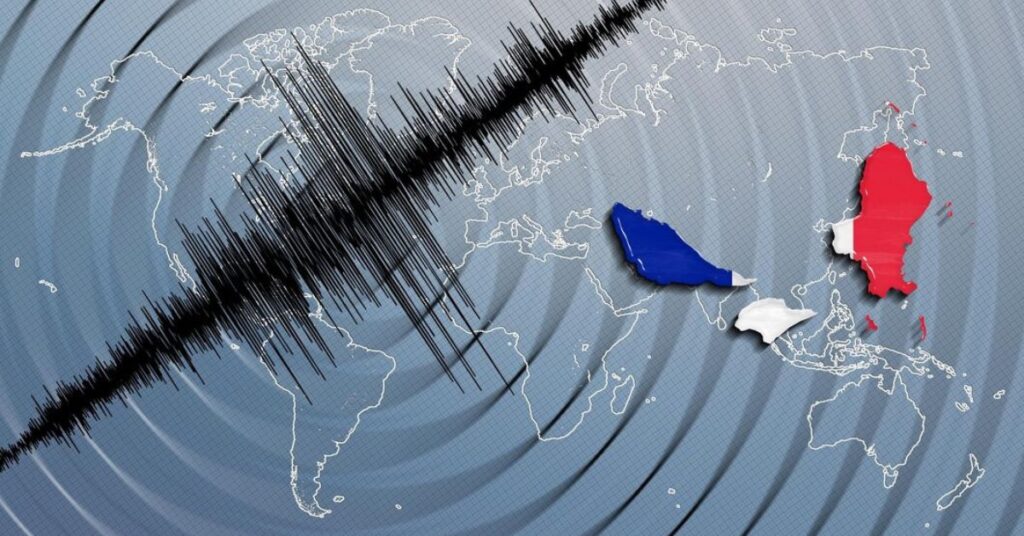Floods pose a significant threat to communities across the United States, affecting millions of people each year. With climate change exacerbating extreme weather events and sea levels rising, the risk of flooding is becoming more pronounced. In this blog post, we will explore the varied landscape of flood risks in US states, examining factors such as geography, infrastructure, and climate change projections.
Understanding Flood Risk:
Before delving into specific states, it’s essential to understand what contributes to flood risk. Several factors play a role, including proximity to bodies of water such as rivers, lakes, and oceans, as well as topography and land use. Urbanization and the alteration of natural landscapes can also increase flood vulnerability by reducing the absorption of rainfall and disrupting natural drainage patterns.
Mapping Flood Risks:
Mapping flood risks involves analyzing historical data, topographic features, and climate projections to identify areas prone to flooding. The Federal Emergency Management Agency (FEMA) produces Flood Insurance Rate Maps (FIRMs) that delineate areas at risk of flooding based on factors such as elevation, proximity to water bodies, and historical flood data. Additionally, advancements in technology have enabled more sophisticated modeling of flood scenarios, providing valuable insights for policymakers and planners.
US States Most at Risk:
Louisiana:
The Bayou State is particularly vulnerable to flooding due to its low-lying coastal terrain and extensive network of rivers and bayous. The threat is compounded by subsidence and coastal erosion, which are accelerating due to climate change.
Florida:
With its expansive coastline and flat topography, Florida faces significant flood risks, especially during hurricane season. Storm surge from hurricanes poses a particular threat to coastal communities.
Texas:
The Lone Star State experiences a variety of flooding events, including riverine flooding from major rivers such as the Brazos and Colorado, as well as flash flooding in urban areas. Houston, in particular, has faced severe flooding in recent years due to rapid development and inadequate infrastructure.
California:
While known for its droughts, California also contends with flooding, especially in regions prone to winter storms and wildfires. The state’s aging levee systems are a cause for concern, particularly in the Central Valley, where agricultural lands are at risk.
Mississippi:
The Mississippi River, one of the longest rivers in North America, poses significant flood risks to communities along its path. Levees and flood control structures help mitigate the threat, but periodic flooding remains a reality for many residents.
New York:
Superstorm Sandy in 2012 highlighted the vulnerability of New York City and the surrounding region to coastal flooding. Sea level rise and intensifying storms increase the likelihood of future flooding events, necessitating investments in resilience measures.
North Carolina:
The Tar Heel State faces a range of flooding hazards, including riverine flooding from major rivers like the Neuse and Cape Fear, as well as coastal flooding along the Outer Banks. Rapid development in flood-prone areas exacerbates the risk.
Georgia:
Atlanta and other urban centers in Georgia are susceptible to flash flooding due to heavy rainfall and impervious surfaces. In rural areas, riverine flooding remains a concern, particularly in the southern part of the state.
South Carolina:
Like its neighbor to the north, South Carolina grapples with both riverine and coastal flooding. Hurricanes, such as Hurricane Florence in 2018, can unleash devastating flooding, highlighting the importance of preparedness and mitigation efforts.
Virginia:
Coastal Virginia is vulnerable to sea level rise and storm surge, while inland areas face risks from riverine flooding. The state is implementing adaptation strategies to address these challenges, including infrastructure upgrades and land-use planning.
In Conclusion
Flood risks exhibit considerable variation across the United States, shaped by a confluence of factors including geographical features, climatic conditions, and human interventions. In certain states, coastal regions grapple with the imminent threats posed by hurricanes and the encroaching rise in sea levels, while others confront the relentless inundation from inland water bodies like rivers.
Mitigating these risks demands a comprehensive strategy encompassing enhancements in infrastructure, meticulous land management practices, and the integration of measures to bolster resilience against changing climatic patterns.
Through the diligent mapping of flood-prone areas and the proactive deployment of preventive measures such as emergency flood repair services in Orem, Utah, communities can fortify themselves against the adverse repercussions of future flooding events.
For more better information please visit : websauna







